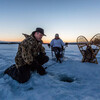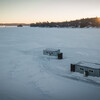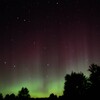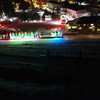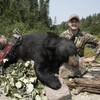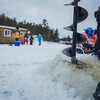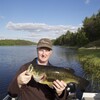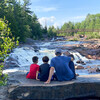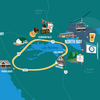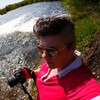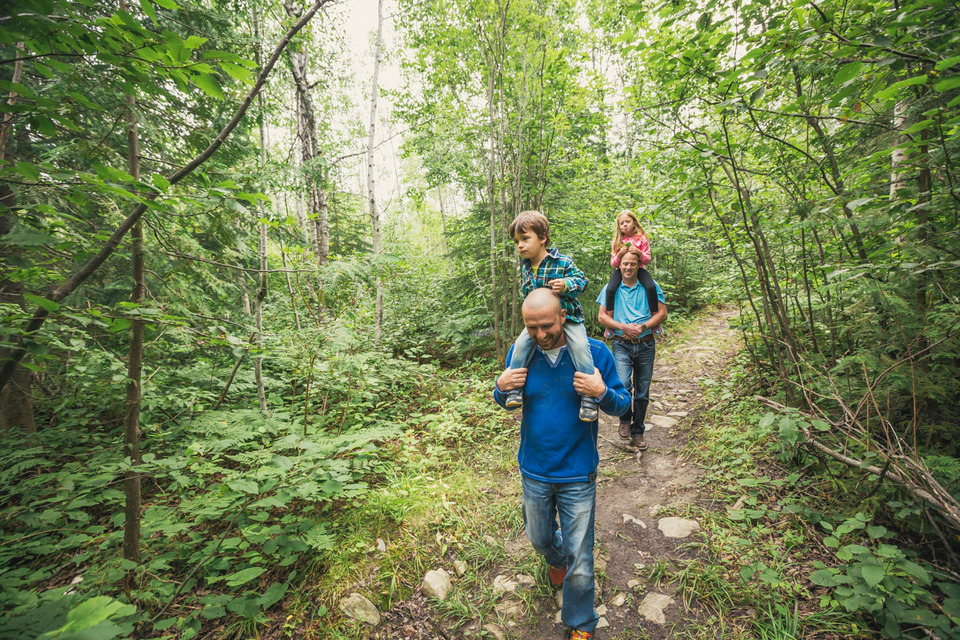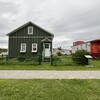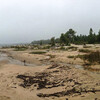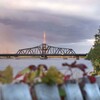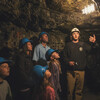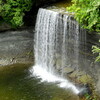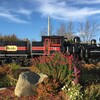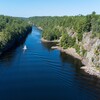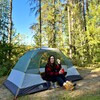
Exploring Point Grondine Park on Wikwemikong Unceded Territory

Nowadays, everyone is flocking to the parks, looking for time in nature. Finding solitude at popular destinations, like Killarney Provincial Park, is challenging unless you backpack the La Cloche Silhouette Trail or paddle and portage deep into the backcountry.
To the east, however, there is a destination where you’ll find that alone-in-the-wilderness feeling you desire, whether you travel solo or with company: Point Grondine Park. Owned and operated by the Anishinaabek People of Wikwemikong Unceded Territory, this a place to experience this region’s natural wonders and wilderness while leaving the crowds behind.
Day passes are limited, and group sizes are capped to reduce guest impact, so the trails always seem quiet. The peaceful nature of this wilderness is due to minimizing visitors’ literal footprints in the park, something all nature enthusiasts will enjoy.
Hiking and Paddling at Point Grondine
Day passes give access to hiking trails and paddling routes, such as exploring the 3 km A-Mik Zii-Bi (Beaver River) Interpretive Trail, an educational hike, teaching about medicinal plants, and the Anishnaabek’s history in the region.
For an elevated lookout, hikers love Merv’s Landing, a 6.9 km loop leading you to Recollet’s summit, the highest point in Point Grondine Park. It’s a great spot to eat lunch while enjoying the landscape, including the Killarney Mountain Range. An interpretive sign teaches hikers about the Anishnaabek’s deep connection to the land.
If you prefer exploring by water, access Mahzenazing Lake at the end of a 1.2 km portaging trail. Carry your watercraft to the launch, or rent a canoe from Point Grondine Park, which will be waiting by the lakeshore.
A popular day trip is to paddle 5.5 km down the Mahzenazing River to Wemtagoosh Falls and have lunch by the water. Once recharged, return upriver, back to the launch.
Stay Your Way
To reach the park’s backcountry, hikers can follow the Wemtagoosh Falls Loop, a 22-kilometre backpacking trail with challenging terrain and seven reservable campsites for overnight visitors.
For overnight paddling adventures, choose from interconnected routes: the Kaa-Gaa-Genhs Water Trail (16.6 km), the Point Grondine Coastal Water Trail (48.5 km) and the Phillip Edward Island Loop (75 km). With four group campsites and thirteen 6-person sites on the interior, plus three coastal camps on the Georgian Bay, there are plenty of ways to enjoy this park.
Those who prefer being closer to their vehicles will be excited that construction is almost complete on a front country campground—and the new cabin is already making glampers happy.
The Amikwa Gbaakwagan: The Beaver House Eco Cabin is beautifully furnished with all the amenities of a home while entirely off-grid, powered by solar panels. There’s running water (purified rainwater) and an indoor (incinerating) toilet.
I should have booked this drive-up cabin when I had the chance. It’s steps away from Merv’s Landing, the A-Mik Zi-Bii Interpretive Trail and an easy 1.2 km hike from Mahzenazing Lake.
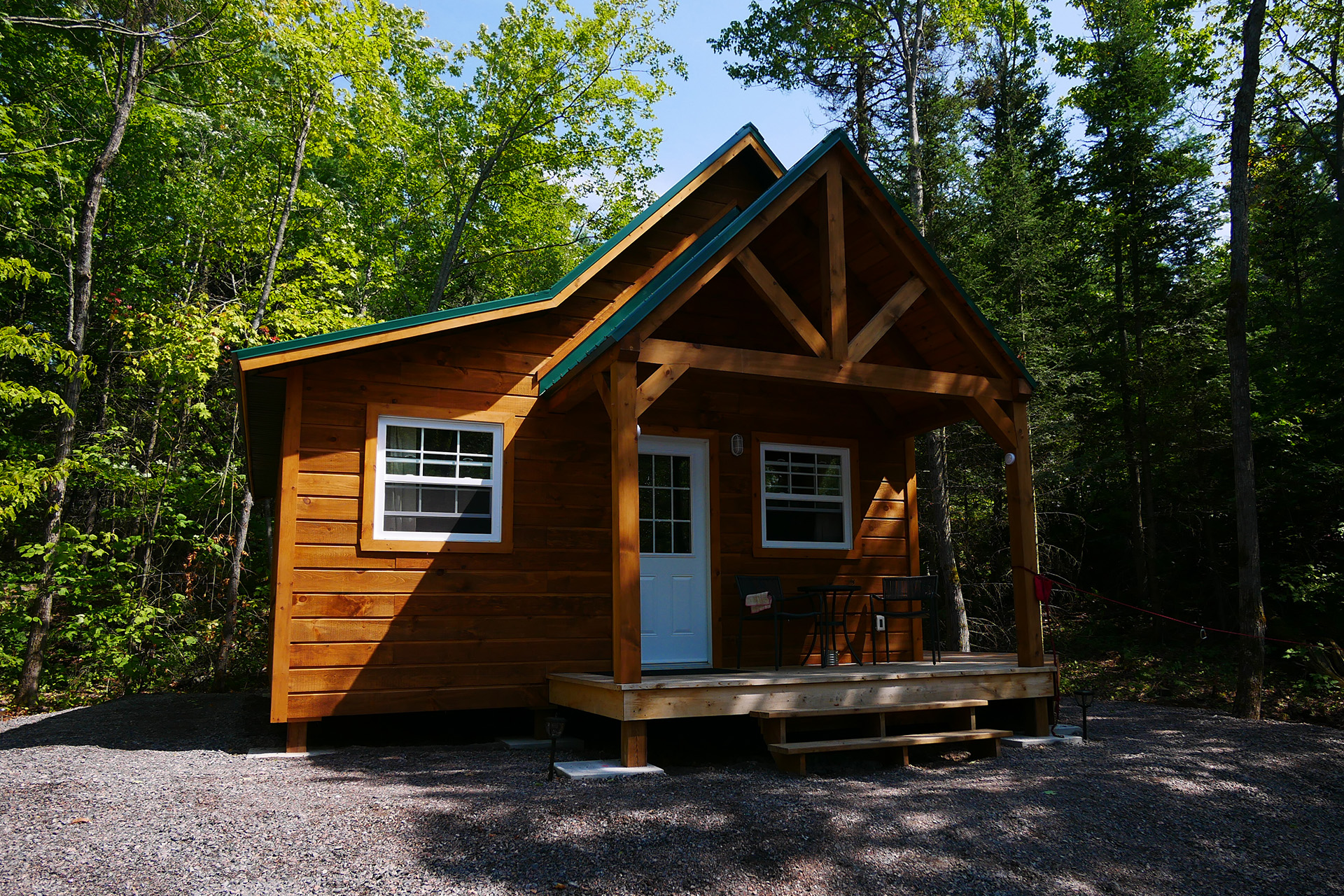
For a taste of Point Grondine’s wilderness, PG1: Premium Group Camping Jump-off Site strikes a perfect balance, located 800 meters from the trailhead. This spot is often used as a base camp for exploring the hiking trails or by (late) arrivals heading into the backcountry.
I planned to paddle in for my second night in the park, so PG1 was a great mid-way site for my trip.
Upon arrival at Point Grondine Park, Trail Guardian Gordon and his little co-pilot, Grace, were quick to meet me with a UTV to shuttle me and my equipment to PG1. After a short ride, we arrived at my campsite, partway down the portaging trail to Mahzenazing Lake.
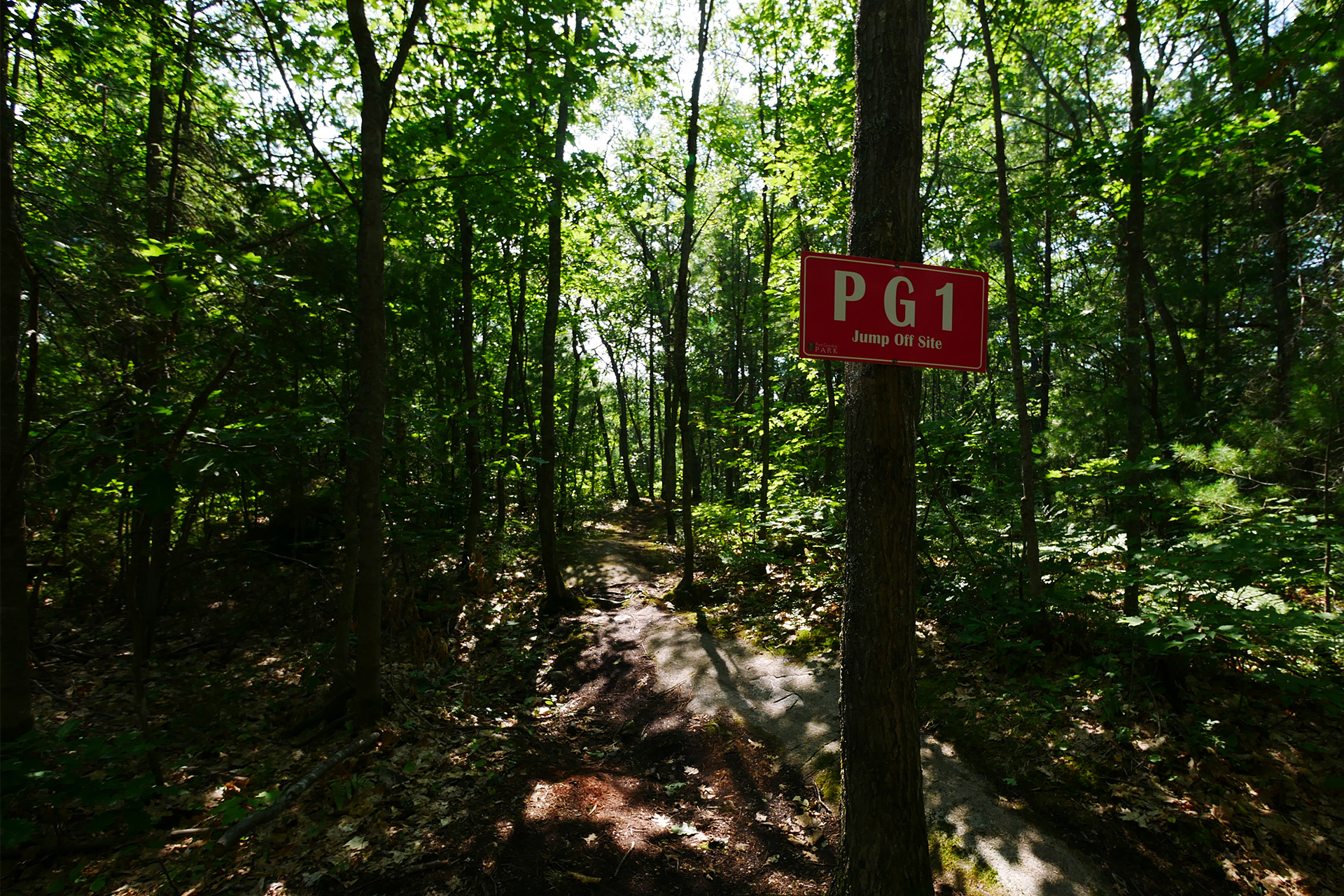
I waved goodbye to Gordon and Grace as they rode back up the trail out of view, then carried my gear and kayak down the path to PG1 - the best group campsite I’ve ever seen.
Set in a spacious clearing, surrounded by tall trees and thick underbrush, this camp was private despite the nearness to the portage trail. Two raised wooded platforms could fit four small 2-p tents, or a couple larger shelters. A well-marked path to the rear of the site leads to a secluded thunderbox.
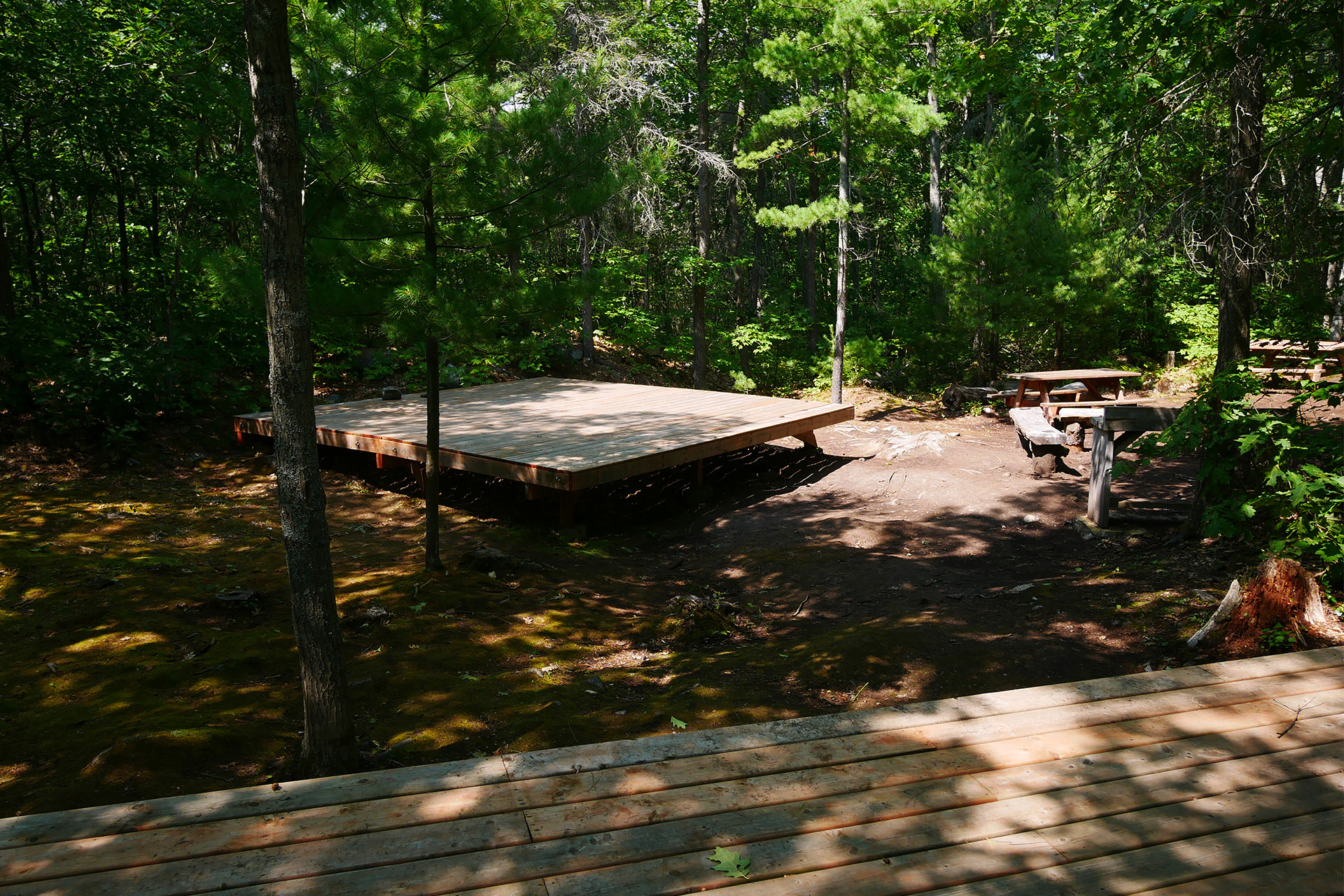
The cooking area is a raised, waist-high stone platform with a grill over top, and a wood counter nearby for food preparation. There’s seating on three rustic benches in front of the fire stove, plus two picnic tables that complete the ‘kitchen and dining’ area.
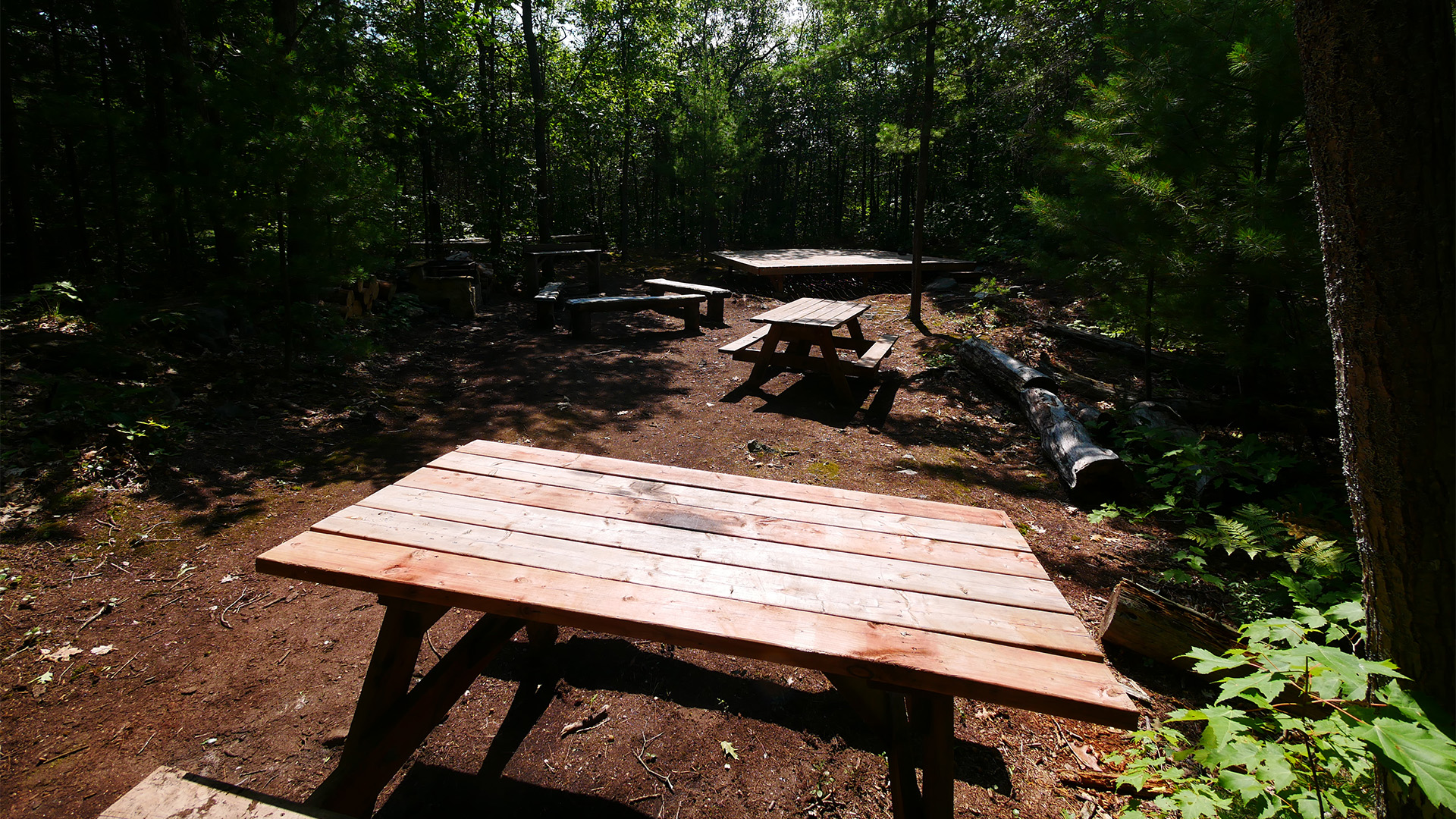
I set up camp on the central platform, boiled water for my dehydrated dinner, and checked for a phone signal. Finding none, I sent a message home via my GPS device that everything was OK.
I didn’t have enough water to extinguish a fire, so I didn’t light one. Instead, I spent the evening watching the dying light and waving off the occasional mosquito coming for a meal.
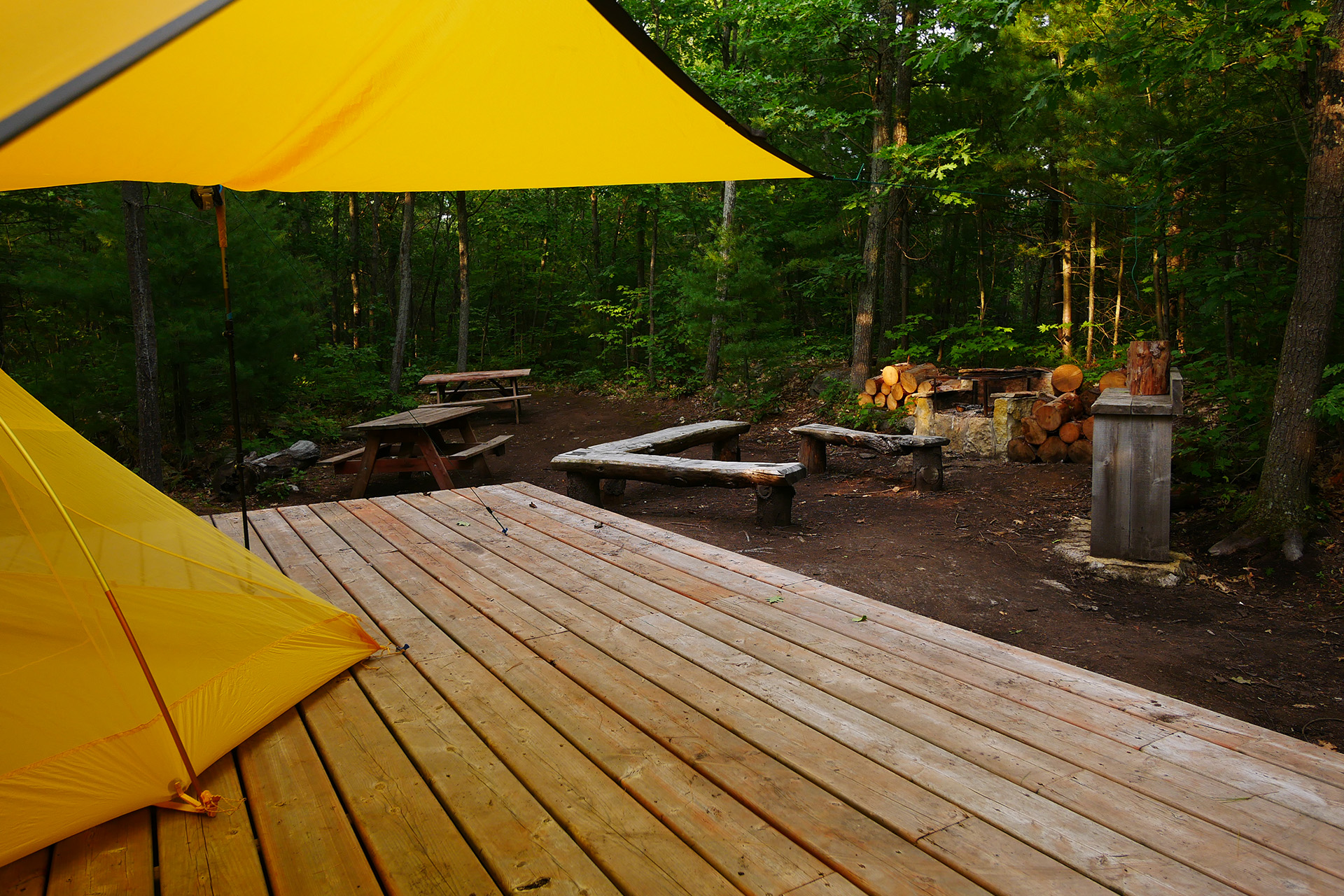
The sky clouded over, and the stars were not visible once it grew dark, so I crawled into my tent. I quickly discovered my air mattress had gone flat as I lay down.
I sat up in disbelief—I checked for leaks before leaving home! I lost count of how many times I pumped the pad back up, listening for a telltale hiss but hearing none—I couldn’t find the pinhole.
I was on course for a sleepless night, but I still hoped to catch a few winks.
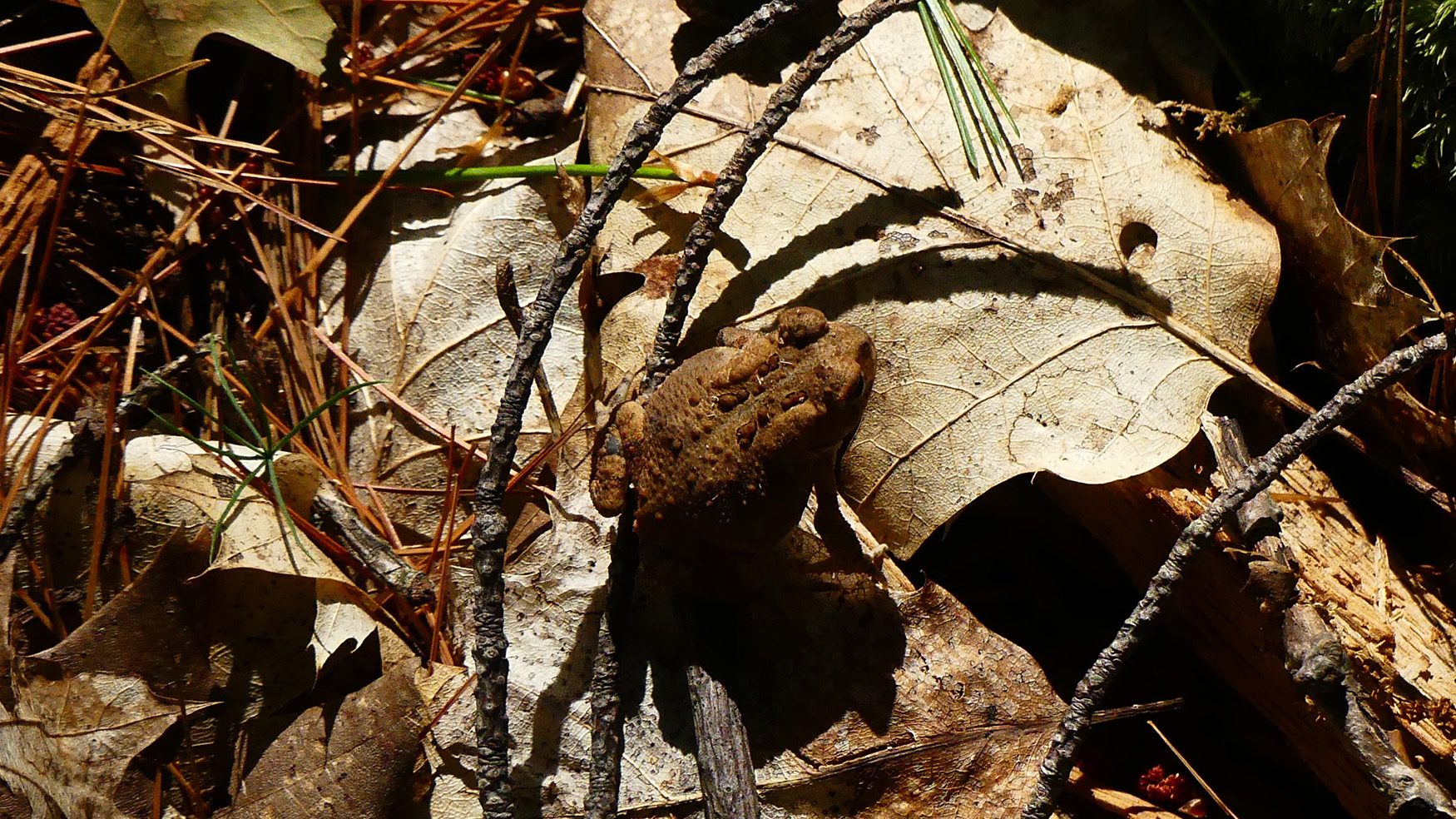
I listened to the sounds of nature, and the nightlife started getting active. Toads hopped through the underbrush, branches snapped, falling to the forest floor, and birds sang, welcoming the night.
The forest’s hum was starting to lull me into sle-
I was startled into wakefulness by loud cracks to the west. It sounded like trees were splintering and felling everything in its path on the way down. More noise echoed from the east, frightening nearby animals into running, crashing through the forest—and heading my way.
I clapped and yelled into the darkness, hoping they would veer away from camp— and my food hang.
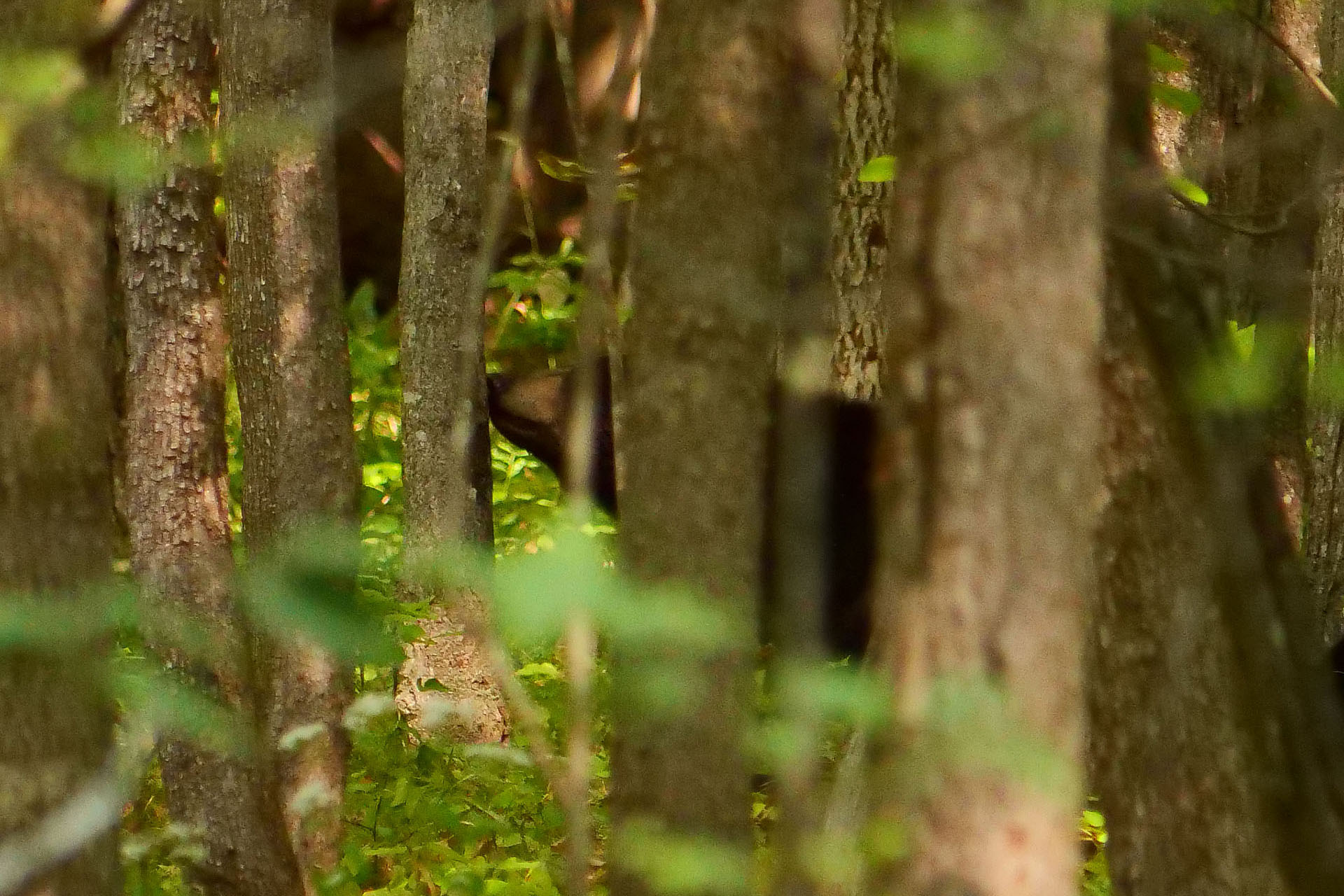
I’ve soloed in the backcountry without cell service, having only my Garmin for communication, and I loved it. This time, however, my experiences and GPS unit brought me no comfort.
For the first time camping alone, the wilderness unsettled me. Not every shadow is a bear.
I was overtired, and the forest was full of dark things moving in the wind so my imagination was running wild. It was hard to find rest, between jumping branches snapping and re-inflating my mattress twice an hour to keep from laying on the cold platform.
Near dawn, the night's creatures sought somewhere to sleep as the pitter-patter of rain helped me doze off, but my nap was short-lived.
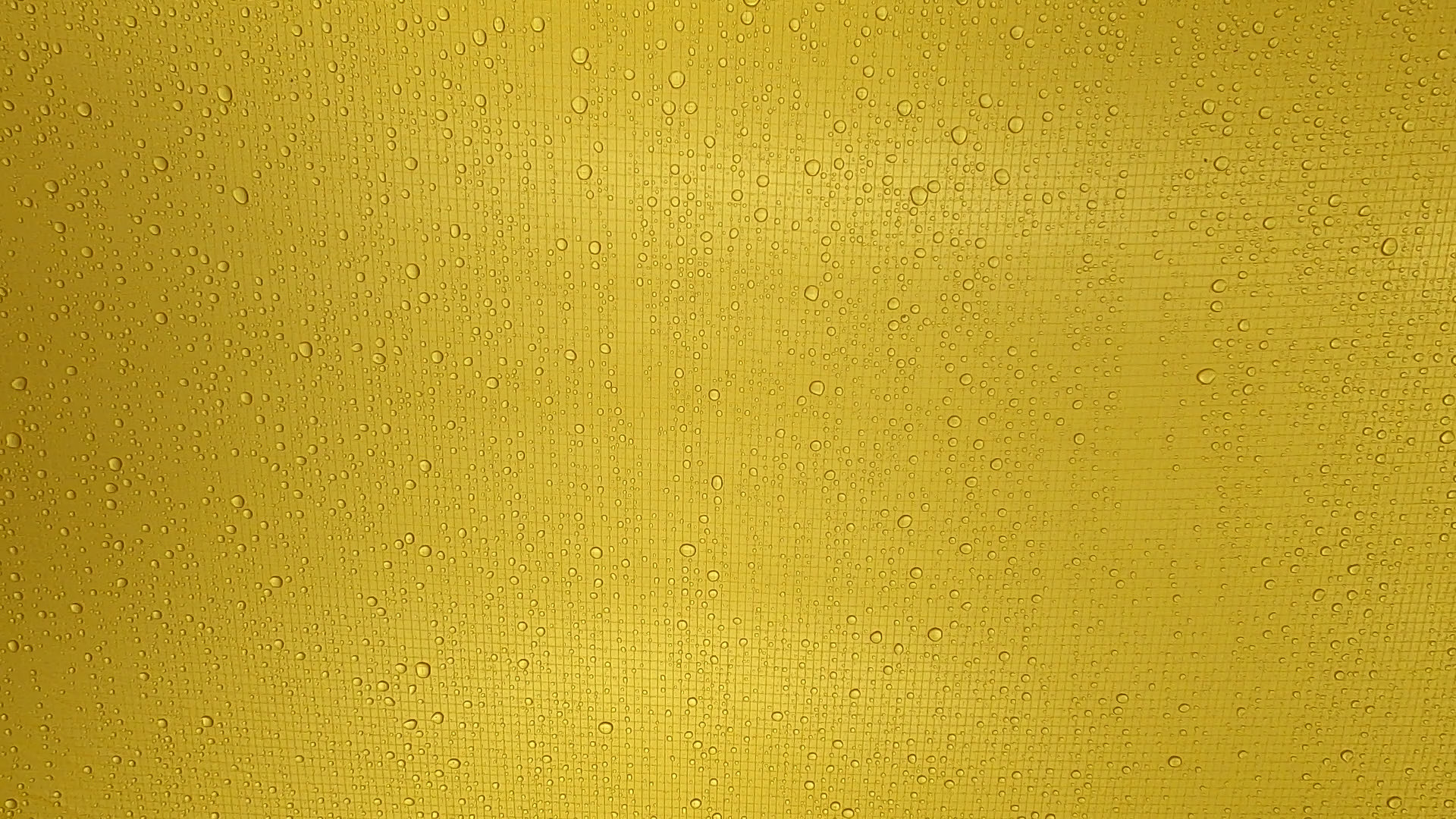
Thunderclaps echoed from the Georgian Bay, and the storm was getting closer. So, I packed everything into dry bags—piling them next to the portage trail. Then, I hunkered down to wait out the lightning and thunder, counting after every flash.
I bagged everything but my keys, Garmin and bear spray for the hike out. Once I left the forest canopy for the portaging trail, it didn’t take long to confirm my coat was only water-resistant—and my waterproof outerwear was in the vehicle. Rain-soaked and exhausted, I reached the parking at 7 and promptly changed into dry clothes.
I tried napping but could not unwind. So later that morning, when Mark from Killarney Outfitters stopped by with a canoe drop-off for another camper, he kindly called the Trail Guardians with my updates on his satellite phone.
After Ignatius and Carlos arrived, we retrieved my equipment from PG1 via shuttle. Instead of continuing to the launch, we returned to the trailhead.
I worried about a second sleepless night on a flat air mattress, my overloaded kayak and being too tired to self-rescue. So, I cancelled my backcountry paddling plans, thinking I want to write a story, not be the story. I'll be better prepared for future adventures, including next year's return to Point Grondine Park for solo backpacking and paddling in their great wilderness.
Recommended Articles
The Seven's Best Hikes, Biking Trails and Lakes

7 Best Spots to Check Out in The Seven

Budget Bliss: Explore Northeastern Ontario Without Breaking the Bank

Bring Your Fam!

Time to Unwind: 6 Spa Havens to Discover In The Seven
5 Amazing Places to SUP in Northeastern Ontario

5 Amazing Bike Rides to Discover

Northern Lights in Northeastern Ontario

Northeastern Ontario's Best Pride Festivals

Fish for one of the World's Rarest Species of Trout

An Insider's Guide to Manitoulin Island

6 Small-Town Gems to Explore in Northeastern Ontario

11 Best Things to Do in Kapuskasing, Ontario



